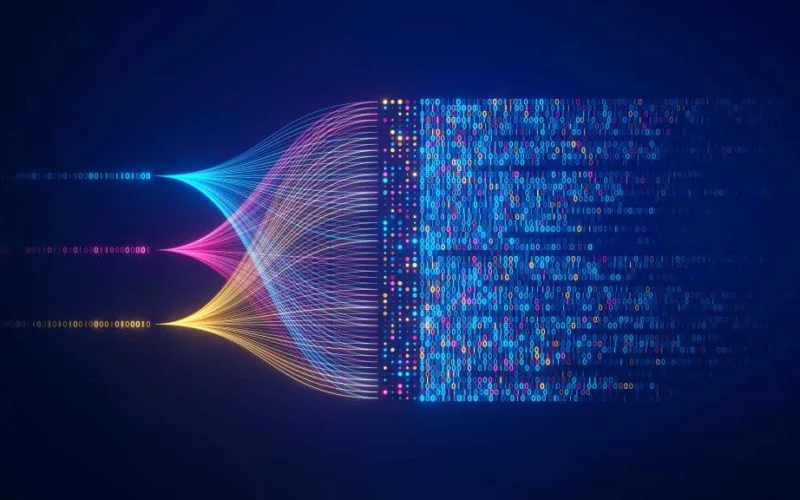Nvidia recently announced significant advancements in supercomputing, unveiling that it has deployed over 80 new science-oriented systems worldwide with a total AI performance of 4,500 exaFLOPS for scientific discovery. This announcement was made at the Supercomputing 25 conference in St. Louis.
One noteworthy system, named Horizon, is set to launch at the Texas Advanced Computing Center (TACC) next year. It will feature 300 petaFLOPS of performance, utilizing Nvidia’s GB200 NVL4 and Vera CPU servers, all interconnected with Quantum-X800 InfiniBand networking. This supercomputer, equipped with 4,000 Blackwell GPUs, will provide up to 80 exaFLOPS of AI compute at FP4 precision, focusing on scientific modeling and simulations, such as disease simulation, stellar modeling, and earthquake preparation.
Moreover, Los Alamos National Laboratory (LANL) and Argonne National Laboratory (ANL) are set to benefit from new Nvidia-powered supercomputers. ANL will host two systems, including Solstice, which will comprise 100,000 Blackwell GPUs and boast capacity for 1,000 exaFLOPS of AI training compute—almost double the total AI training capacity of the existing TOP500 supercomputer list. Another system at ANL, Equinox, will utilize 10,000 Blackwell GPUs.
LANL’s new offerings, named Mission and Vision, will also utilize Nvidia’s Vera Rubin platform with Quantum-X800 networking. Mission is dedicated to classified applications by the National Nuclear Security Administration, while Vision will facilitate open science research.
In Germany, the Jülich Supercomputing Centre inaugurated JUPITER, Europe’s first exaflop system, featuring 24,000 GH200 Grace Hopper Superchips.
Japan’s RIKEN Institute announced plans for two new supercomputers that will leverage Nvidia processors. These will cater to AI for scientific research and quantum computing applications. The science-dedicated system will utilize 1,600 Blackwell GPUs, optimizing research across various scientific fields, while the second system will focus on advancing quantum algorithms with 540 Blackwell GPUs.
Looking ahead, Fujitsu and Nvidia plan to co-design FugakuNEXT, a successor to the Fugaku system. Set to deliver within the next few years, it promises a staggering 100x application performance compared to current supercomputers, integrating cutting-edge quantum technology.










